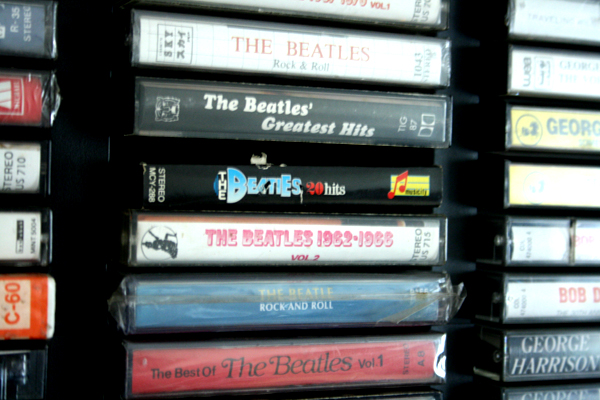
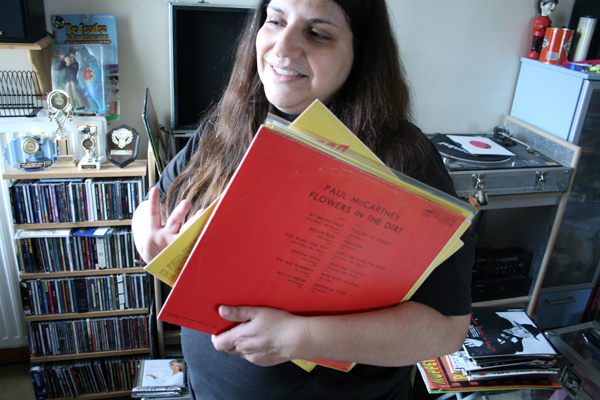
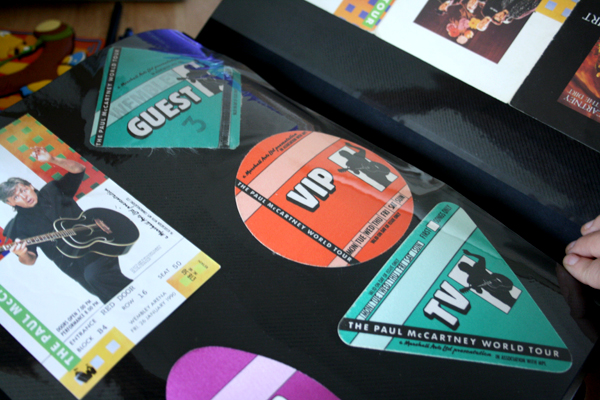
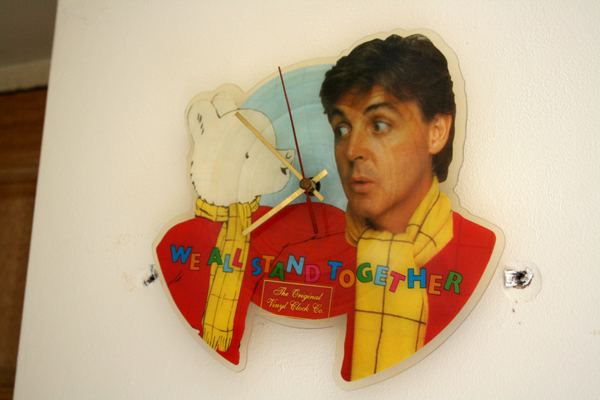
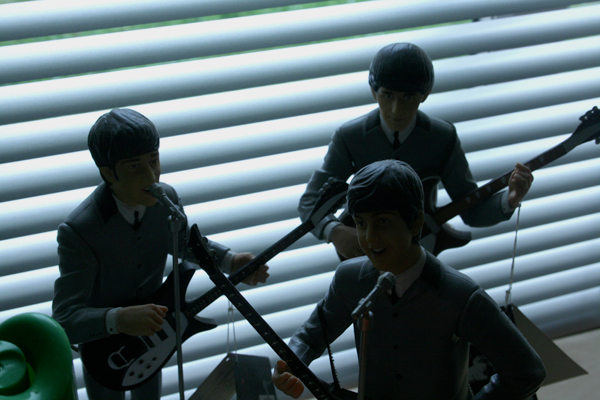 words to follow.
words to follow.
Tony Hayward
A not very well thought out or written account of an interview. Big thanks tovery much Tony: I went to interview the educater, artist and collector Tony Hayward, among his collections that he mentioned there was: his Indian Collection- rat traps, kerosene lamps, moving toys, jugs- postcards of swiss alpine hotels, shampoo bottle tops, viewmaster slideshows, pepsi branded objects, figurines, Paul Emil paintings, flipbooks, and books about collections.
All of which seemed to be linked to his work either by being a resource to use later in his work, or as reference for his work. He talked about the spirit of the hand crafted batch produced Indian objects: 'surrounding myself with the spirit of something'. Some of his collections have become pieces of work in their own right rather than the physical material or inspiration for an artwork, the display process of his collections seems to be important despite claiming that the hunt was where the pleasure was derived from- I think this is more a result from being an artist and displaying being an intrinsic part of the process of that.
Tony also produces quite alot of books it seems- mostly containing his collections. There was one which was just nine images or so of chairs in India, these objects were recorded through photography alone, and then later published in a book. Even this seemingly insignificant collection was worthy of printing- He talked about how making books about the collections kept them going, and how he liked the 'thingyness of books' and contrasted these with websites and other display methods- I think this is nice in terms of turning a memory or record back into an object. Also the sharing and public display aspects of this is interesting- it turns a collection of objects into a piece of work, and again I think this is due to the artists need to exhibit and share.
Other things of interest: Tony described Deptford market as having strata, and how you could be opening boxes and a hit a seam of postcards that stop you in your tracks. Artifacts purchased for the Pitt Rivers being an outpost of the main collection. 'I don't really put things on display, I store them'- the collection as a bank/ store room for the collection- not living with it but visiting it. 'It's terrible I don't really look at this stuff'. 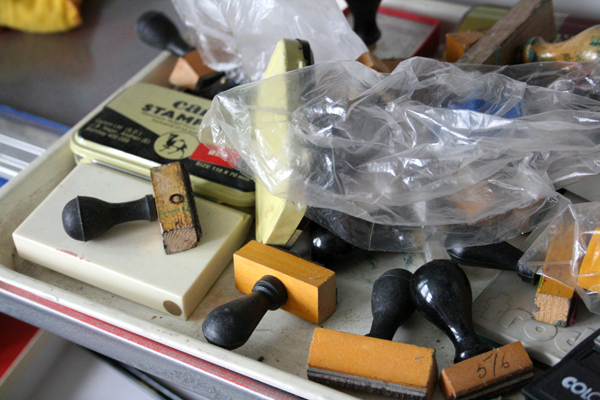
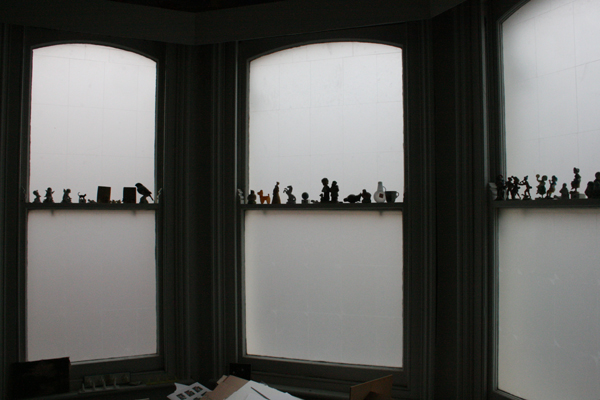
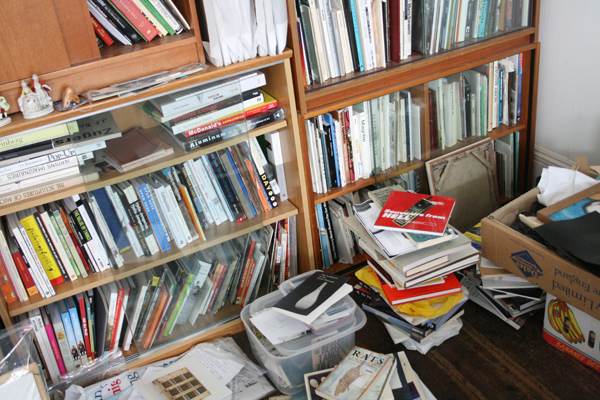
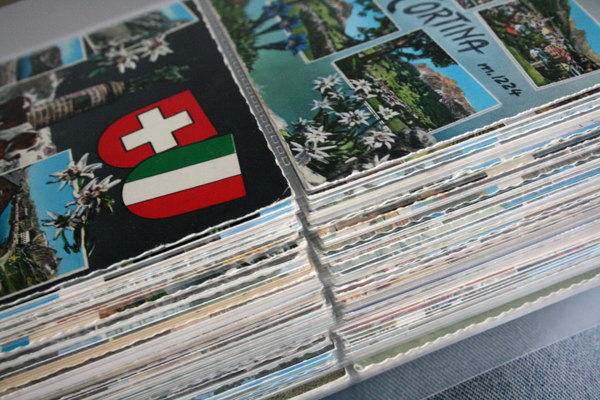

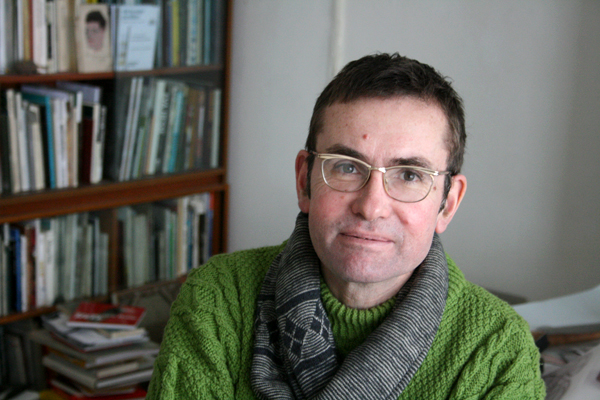
Bibliothèque Interview
I managed to score an interview at Bibliothèque yesterday which was awesome. But the interview didn't go so well, the guy who was interviewing me was Mason Wells i think. This blog isn't any kind of get back at him, or argument or anything it's just supposed to help me clarify my thoughts- he gave me a lot to think about and i felt like it required or deserved some sort of response. He was this incredibly rigorous and pretty intense graphics guy and he wasn't really into some of the projects in my portfolio, mostly the goldsmiths stuff- he didn't like the lack of a clear logic and seemed to want everything to be graphics- i.e. he couldn't see why for a wayfinding project i hadn't designed a graphical system of signs. Which i guess is his thing but from my point of view Goldsmiths would have probably kicked my ass for designing 'just' a graphic system- it's just not quite what they're about. Another thing seemed to be the lack of application or clear problem solving nature of some of the projects which i would argue was partly to do with the briefs set. He pulled me up on some of my typography too which i hadn't even seen- he had a mad graphics eye- and i mentioned that it was hard to get better when i didn't really have that kind of tutoring- (i.e. please give me a placement and I'll learn!!!) but he suggested that maybe i might want to change courses- which seemed at the crux of the difference between his way of doing things and my portfolio- i like being at goldsmiths and i like doing loads of things which aren't graphics, as Victor Papanek points out- the best way to survive change and also be the most rounded designer you can is to be a generalist. I'm not saying I'm a jack of all trades master of none but i think i might not be specialist enough for the Bibliothèque school of design. The whole interview made me really be self critical and i think I've come up with some responses to Mason's criticism: my work needs to be more clear and logical- i realised that my projects get way too complicated and the ones which are the best i can describe fully and succinctly in a paragraph- i need to have more projects in this vain. I want to keep being a 'generalist' especially for now when I'm learning all the things that are going to keep me afloat for the next few years or so, but i do want to get better at typography and do more graphic design that's relevant and logical and ... I want to have better conclusions to my work- research is great but conclude it somehow- and if a project has an outcome go all the way with it- to work through a problem more thoroughly and to not have to finish half way because of time- work simpler and faster- get less concept heavy where i don't need to be and to know when to stop thinking, and i guess to know when to stop doing and take a look at how i might progress a project.
All in all it was a good experience and i don't think i embarrassed myself at all, and meeting with Mason and seeing how clear and passionate he was has made me want to work for them all the more. We'll see how the summer and next year turn out i guess.